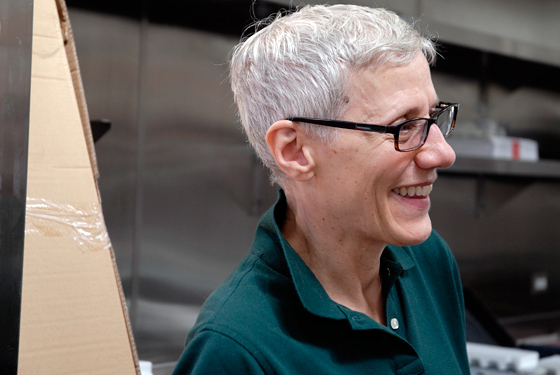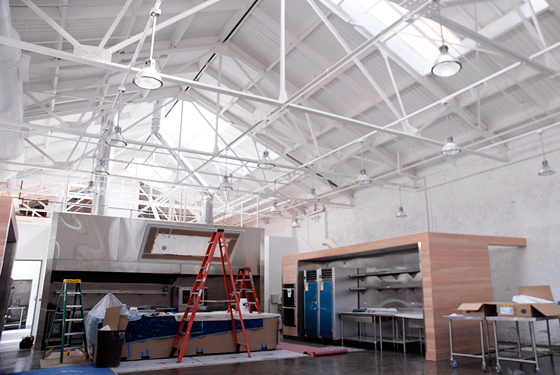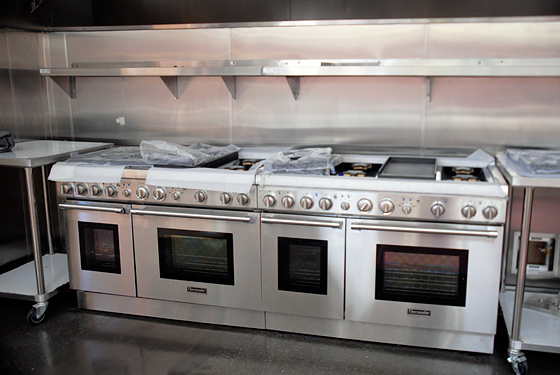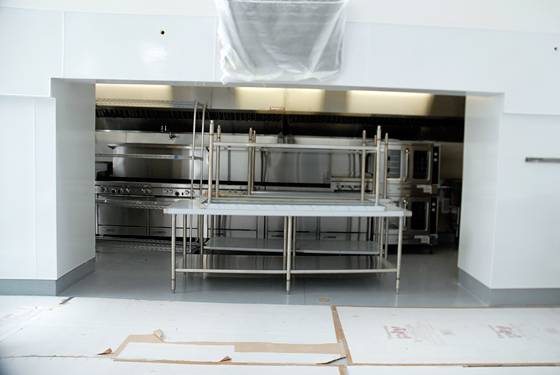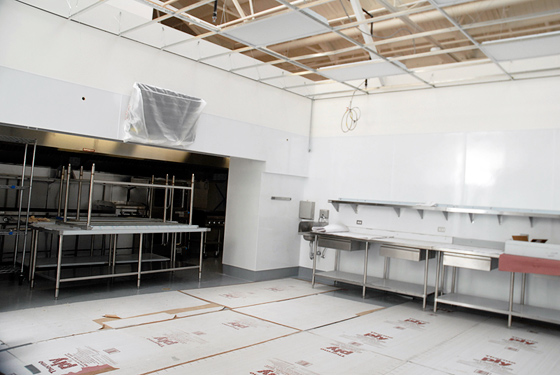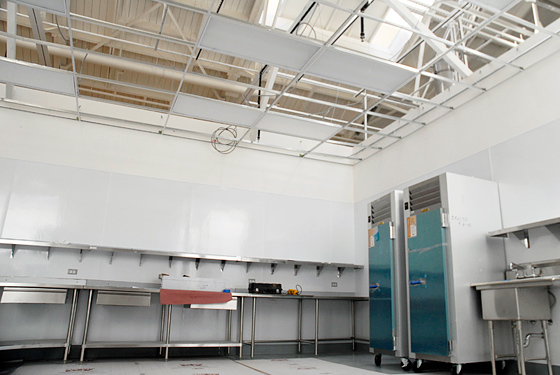 Ready to make a career change? Always wondered if you had the chops to make it in a restaurant kitchen? Want to whip your skills into shape before you launch that catering/food truck/recipe development business? While the Bay Area has never lacked for cooking schools, cooking classes, or chef demonstrations, the brand-new San Francisco Cooking School is opening this fall at Turk and Van Ness.
Ready to make a career change? Always wondered if you had the chops to make it in a restaurant kitchen? Want to whip your skills into shape before you launch that catering/food truck/recipe development business? While the Bay Area has never lacked for cooking schools, cooking classes, or chef demonstrations, the brand-new San Francisco Cooking School is opening this fall at Turk and Van Ness.
Starting in January, the school will be offering two programs for would-be professional chefs: a six-month full-time program and an 11-month part-time program with classes on nights and weekends. There'll also be a variety of cookbook signings, chef demos, and day-long workshops on a wide range of topics, from macaroons three ways with Tartine pastry chef Laurie Ellen Pelicano and regional Italian cooking to a California Thanksgiving menu with Pop-Up General Store founder Samin Nosrat.
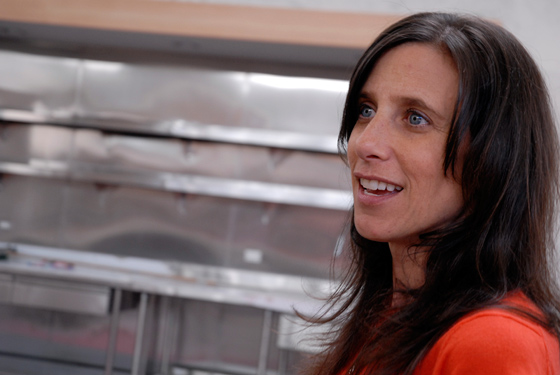
Jodi Liano. Photo: Wendy Goodfriend
Founder Jodi Liano first trained, then taught, at Tante Marie's Cooking School. In starting her own school, she hopes to break out of the typical French-influenced, recipe-driven mold, inspire her students to cook professionally, and get them tasting, creating, and learning the chemistry behind what works in the kitchen (and how to fix what doesn't). With an advisory board of top Bay Area chefs, and deans including chefs Craig Stoll and Daniel Patterson and pastry chef Bill Corbett she's gotten an earful about the lack of real-world skills in new hires fresh out of culinary school. Sure, these kids might know Escoffier's master sauces, but could they fix a curdled Bearnaise or know how to correct for salt, acid, fat, and sweetness on the fly, without losing their rhythm or dropping into the weeds? What chefs were asking for were employees with culinary intuition, made up of equal parts technical and chemical know-how, a well-developed palate, sensory enthusiasm, and muscle memory--something that could, in fact, be taught, using ratio-based, method-driven systems, not bulky textbooks of recipes to memorize.
